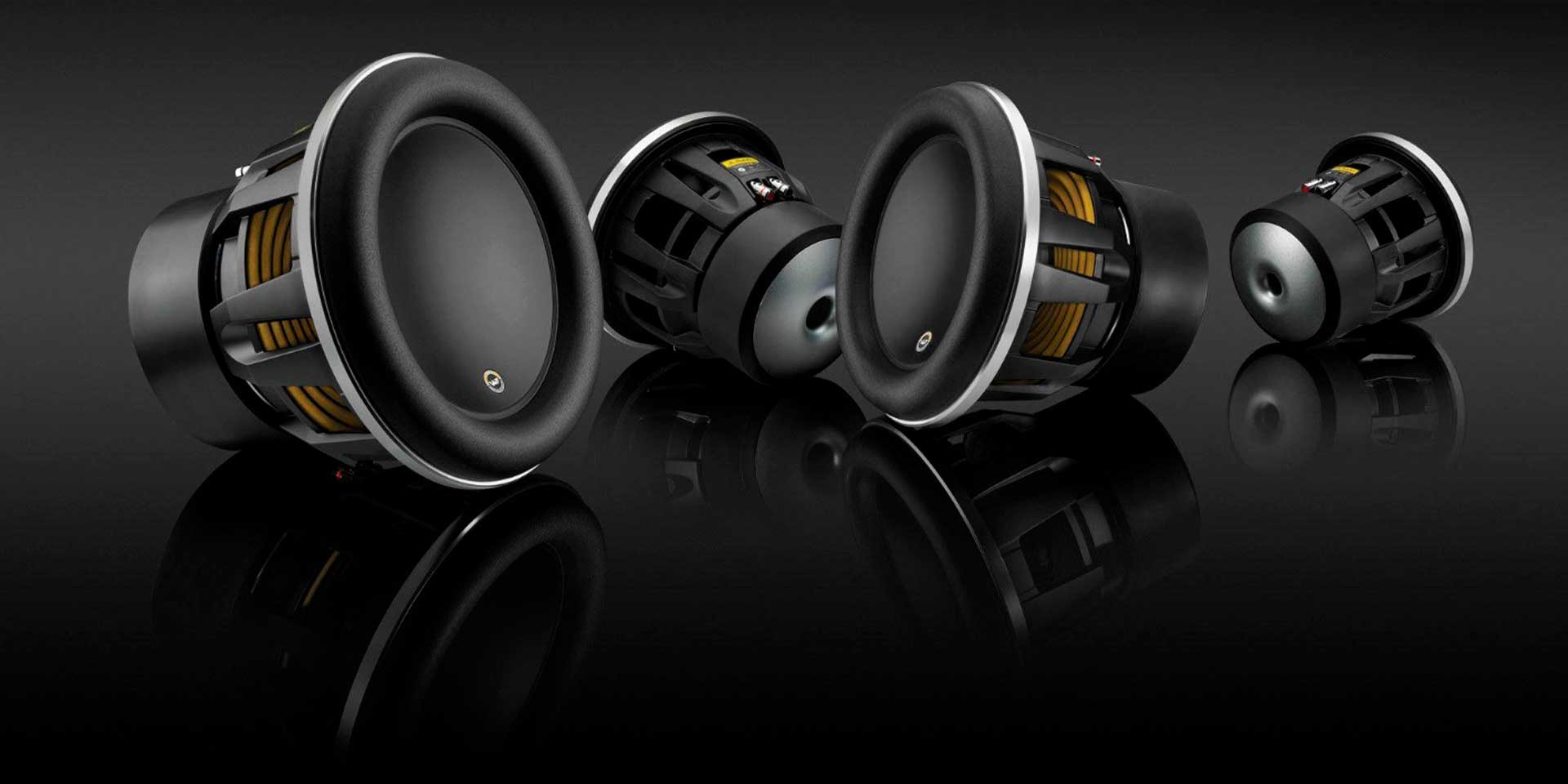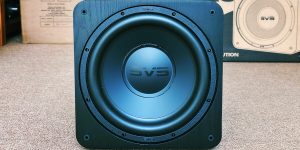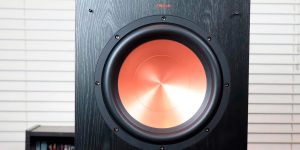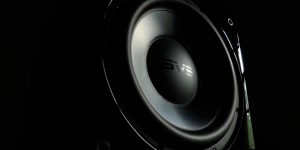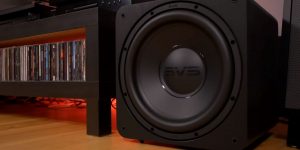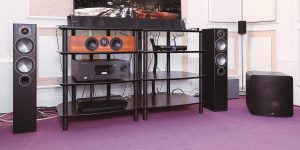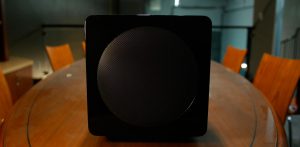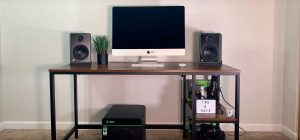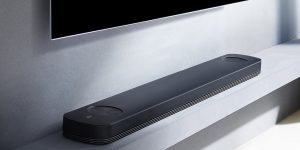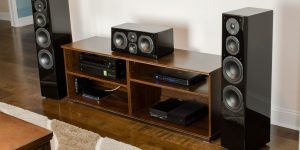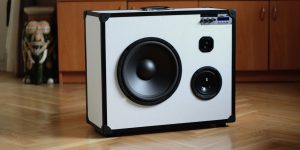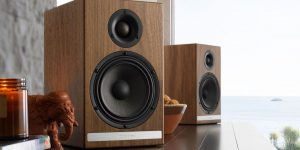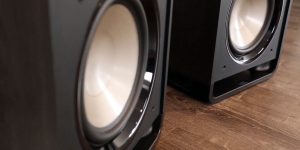Looking for the best Hz for a subwoofer? You’ve come to the right place! In this guide, we will answer all your common questions and provide helpful tips. We’ll talk about what Hz is, how it affects your sound system, and help you choose the perfect subwoofer frequency range for your needs.
Hz and subwoofers

Subwoofer frequency response is how low and high the sounds it creates can go. The human ear can hear frequencies between 20 Hz and 20,000 Hz. Subwoofers usually have a frequency response of 20 Hz to 200 Hz. This means that they can create low-frequency sounds in movies and music.
The frequency response of a subwoofer is not linear. It means that the subwoofer does not reproduce all frequencies equally. For example, a subwoofer with a frequency response of 20 Hz to 200 Hz will reproduce bass frequencies (20 Hz to 80 Hz) better than mid-range frequencies (80 Hz to 200 Hz). The low end of the frequency response will be louder and more accurate than the high end.
What is the lowest frequency limit for subwoofers?
Almost all subwoofers can play down to 20 Hz frequencies. This is considered the lower limit of human audible hearing range and is where the deep, rumbling bass begins.
However, some subwoofers may advertise even lower frequencies, such as 15 Hz or lower (up to 12 Hz), but you should realize that these extremely low frequencies are often more felt than heard. They contribute to an intuitive tactile experience that can improve overall sound quality, especially in home theaters and for certain musical genres that heavily use sub-bass elements.
Also, keep in mind that the ability to reproduce frequencies below 20 Hz may not always be practical or necessary for all installations. In many cases, the subwoofer Hz range is 20Hz to 80Hz, providing impressive low-frequency effects that enhance audio content without delving into the infrasound realm. And that’s enough for the average consumer.
Optimal settings for different content
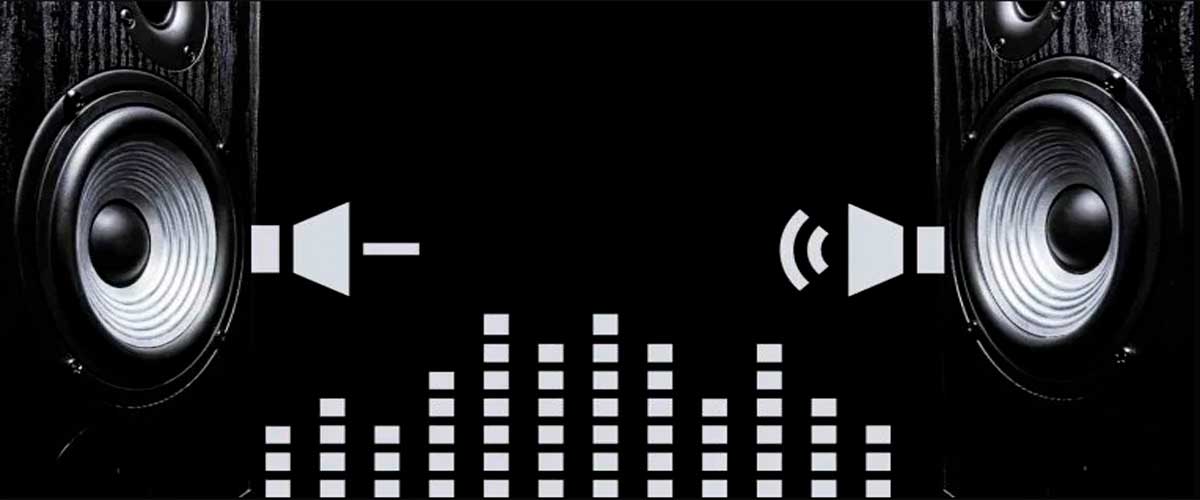
There is no definitive answer to the question: What is the best Hz for a subwoofer? The answer depends on your specific needs and preferences. However, we can provide some general guidelines to help you choose the right Hz range for your subwoofer.
Music. Keep in mind what kind of music you listen to before buying a subwoofer. If you like high-energy dance or heavy metal music, you need a powerful subwoofer. But if you prefer softer genres of music, then a less powerful subwoofer may be okay for you.
You’ll need a subwoofer with a high Hz range if you’re looking for more subtle bass tones. For example, a subwoofer with a 60-80 Hz rating will produce bass tones that are more subtle and less likely to cause vibrations. And that means they are great for classical music. For genres such as rock, pop, classical, and jazz, a frequency setting of 40 to 60 Hz can provide a solid foundation without suppressing other frequencies.
Home theater. In the context of home theater, the focus shifts to creating a cinematic and intuitive experience. This includes the sensation of being exposed to explosions, collisions, and other low-frequency effects. So you need deep bass tones and a subwoofer with a low Hz rating. For example, a subwoofer with a 20-40 Hz rating will produce bass tones that you can feel as well as hear, helping you achieve deep rumbles and improving the overall immersion.
Adapting to room acoustics
The size and shape of your room play an important role in how bass frequencies are distributed and perceived. Larger rooms tend to have more opportunities for bass dispersion, while smaller rooms may produce stronger resonances and the potential for bass buildup. Irregularly shaped rooms with uneven surfaces and corners can cause sound reflections and null points, affecting the uniformity of bass sound. To correct “unevenness” in the sound and adapt it to your room, use Equalization and Bass management.
Equalization involves amplifying or attenuating certain frequencies to achieve the desired tonal balance. In the case of subwoofers, equalization can help soften the peaks and dips in frequency response caused by the room’s acoustics, consequently providing a more accurate and even reproduction of bass frequencies.
Bass management refers to properly directing low-frequency content to the subwoofers and main speakers in a multi-channel audio system, such as a home theater. It ensures a smooth transition of bass frequencies between different speakers, creating a coherent and balanced sound.
Steps to implement equalization and bass management
- Set the crossover. Ensure the frequency separation between the main speakers and subwoofer is correctly set. This prevents frequency overlap and phase problems.
- Enable automatic frequency correction. If your subwoofer or AV receiver has room correction capabilities, follow the manufacturer’s instructions to enable and start the equalizer process.
- Manual equalizer. When using a manual equalizer, start with small adjustments to avoid overcompensation. Focus on eliminating the most noticeable peaks and dips first.
Ways to find any subwoofer frequency issues
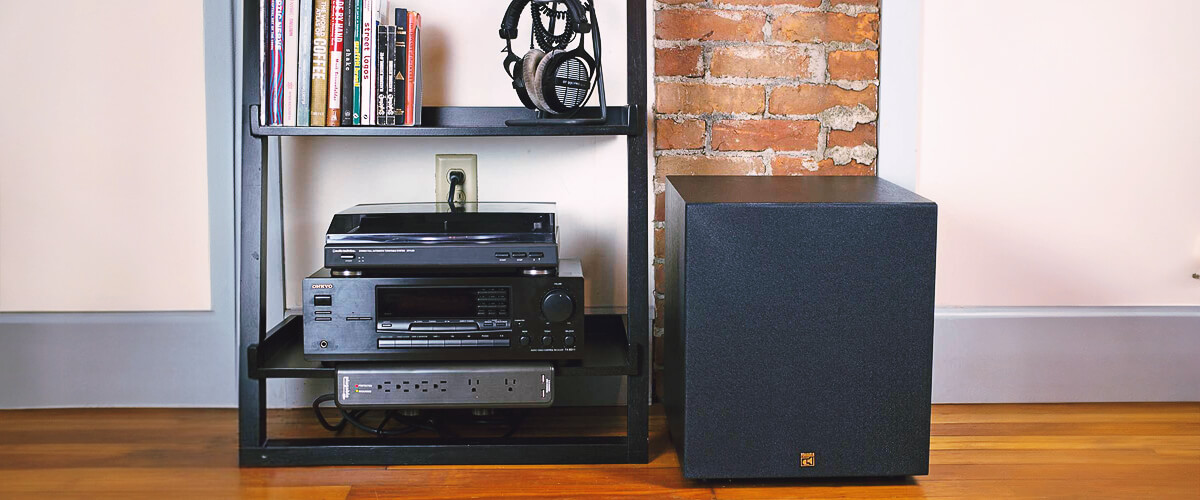
There are two ways to look for subwoofer frequency problems:
Trust your ears
Start by listening to various familiar audio content, such as music tracks or movie scenes. Pay attention to the bass’s quality, depth, and punch, as well as any noticeable discrepancies or anomalies.
Use test tracks and measurements
Use a noise meter or smartphone app to measure the bass at different locations in the room. You should look for patterns of peaks and dips in the frequency response. These measurements will help you make adjustments.
Identifying incorrect settings
- Thumpy bass. If the bass sounds too loud, resonant, and muddy, it may indicate that the subwoofer volume or crossover settings are too high.
- Weak bass. If the bass lacks expression and presence, it may indicate that the subwoofer settings are too low or the crossover is set too high.
- Incoherent sound. If there is no smooth integration between the subwoofer and the main speakers, phase synchronization may be off.
Frequently asked questions
What is the upper-frequency limit for subwoofers?
Subwoofers typically have an upper-frequency limit of 200 Hz. However, some subwoofers can reproduce frequencies up to 500 Hz or even higher. The upper-frequency limit is not as important as the lower-frequency limit for subwoofers.
How often should I re-adjust my subwoofer frequencies?
The need to re-adjust subwoofer frequencies can vary based on factors like changes in room layout, speaker placement, or personal preferences. However, in stable conditions, you might not need frequent adjustments.
Should I adjust subwoofer frequencies while listening to different seating positions in the room?
Yes, it’s a good idea to adjust subwoofer frequencies while considering various seating positions in your room. Different locations can experience varying levels of bass response due to room acoustics. To achieve balanced bass throughout the room, you may need to experiment with subwoofer placement and frequency adjustments while listening from different seating positions.
Can incorrect subwoofer frequency settings damage speakers or audio equipment?
Incorrectly configured subwoofer frequencies can lead to audio distortion and may affect the overall sound quality, but they are unlikely to cause immediate damage to your speakers or audio equipment. However, running a subwoofer at extremely high levels could potentially damage it over time. It’s essential to use proper settings and avoid excessive volume levels to ensure the longevity of your equipment.

